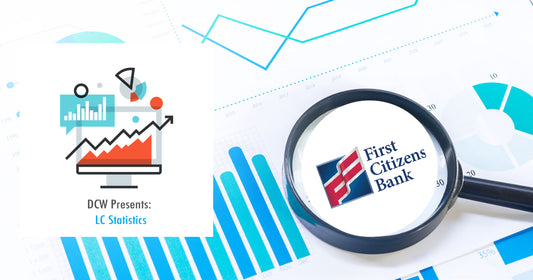Categories
- Anti Money Laundering
- authenticated
- automatic extension
- bill of lading
- compliance
- Counter Terrorist Financing
- extension
- financial crime
- Financial Guarantee
- Guarantee
- Independent Guarantee
- Iran
- ISP98
- LC
- LC Law
- LC Statistics
- Red Flags
- Sanctions
- Standby LC
- SWIFT
- Trade Based Financial Crime Compliance
- tranport documents
- UCP500
- UCP600
- wrongful dishonor
Drafting Evergreen Clauses
Although there are many opportunities to utilize automatic renewal clauses in standby LCs and independent guarantees, some banks shy away from these helpful tools. Part of the reason why stems from confusion surrounding the popular name, “evergreen”.
To help enhance understanding of issues relating to evergreen clauses, the Institute of International Banking Law & Practice produced a one-hour presentation on the subject in 2006. Its content & lessons still remain relevant for today’s LC specialists. Areas covered by Professor James E. Byrne and Vincent Maulella during the session include the meaning of “evergreen”, practical drafting problems, regulatory and legal concerns, and recommendations.
Meaning of “Evergreen”
As an “evergreen” tree remains green throughout the winter season, the idea is that an “evergreen” LC stays in effect unless it contains a device to terminate it. However, “evergreen” is a redundant term that has no single accepted meaning. Never use “evergreen” in an LC. Rather, presenters suggest elements of a model evergreen clause.
Practical Drafting Problems
If clauses are not carefully addressed, a host problems can result. Some clauses have stated an LC will be automatically “renewed” or “replenished”, but these words are potentially ambiguous terms as they can be used in revolving clauses. To avoid confusion, presenters suggest use of “extended”. Use of the term “automatic” is vital to an evergreen clause to clarify beneficiary consent is not required. Use of the phrase “without amendment” is redundant but also helpful. An added concern for those drafting evergreen clauses is placement of the clause. A credit that splits the expiration clause and the extension clause without cross reference might be considered ambiguous which will be construed against the issuer.
Archival Concerns
Years after giving notice, will you be able to prove it? Consider this very plausible scenario: You give notice, file the documents with the proof of notice, and your bank’s document retention policy destroys documents after seven years. In the eighth year, a new clerk for the beneficiary discovers the LC, inquires, and a decision is made to draw. Can you prove that you gave notice? Presenters urge banks to mark these papers for permanent retention, adding that electronic replication of the documents might not necessarily suffice as it may not be admissible in court.
For an in-depth discussion filled with practical advice, get this presentation featuring a one-hour PowerPoint with audio analysis by the presenters for only USD 20.





